Tire Tread Separation: Causes, Outcomes and Prevention
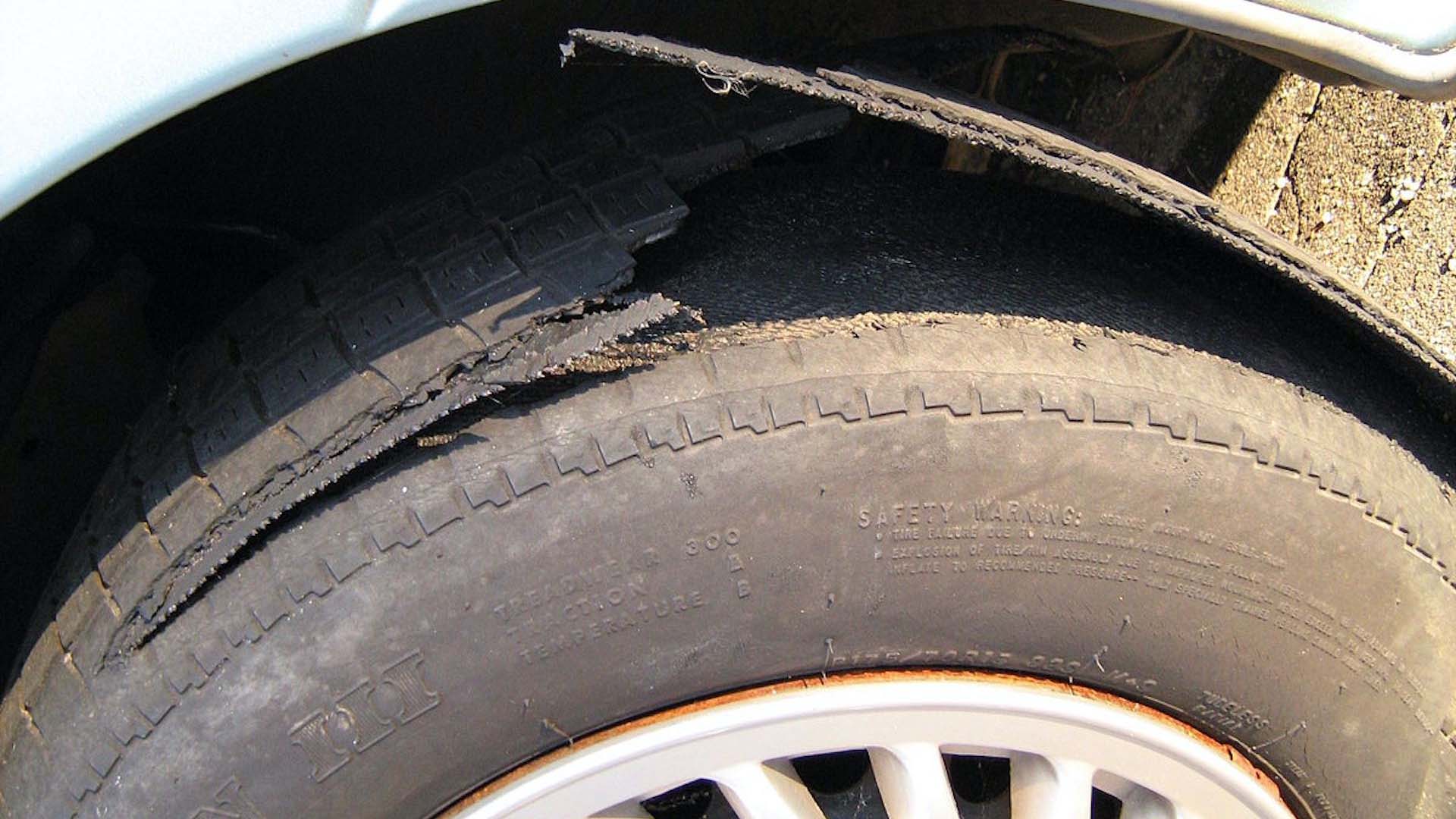
Many people might think that tire blowouts are the biggest issue with tires, but actually, that’s not the case anymore. Nowadays, the most usual cause of tire failure is tire tread separation. This happens when the outer layer of the tire gets ripped off from the belts underneath it and can lead to dangerous situations on the road, including tire blowouts and loss of control over a vehicle.
In this article, we explore how tread separation occurs, signs of potential issues, and measures that tire manufacturers are taking to tackle the problem. We also cover liability for accidents caused by defective tires and the history of recalls related to tread separation.
How Does Tread Separation Occur?
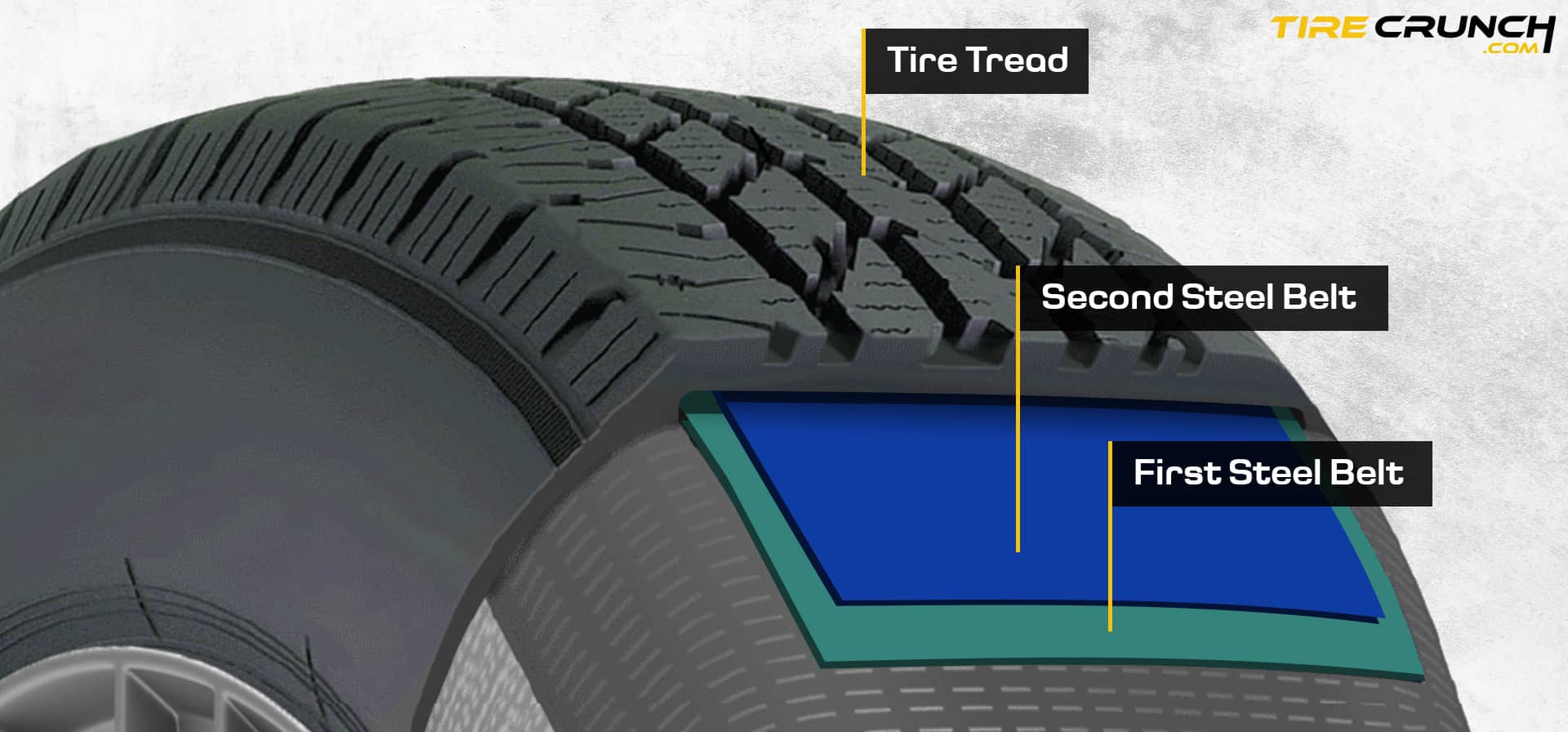
When manufacturers make radial tires, they wind two steel belts around the inside of the tire (First Belt and Second Belt in the image above). This helps to add an extra level of sturdiness to the tire so that it becomes more difficult to puncture. Then, they put the tread — which you actually drive on — on top of these belts and bond it to the sidewall.
Getting rubber — or anything else — to stick well to steel is tough work. When companies skip steps or mess up during manufacturing, it can mean way more chances for tires to have tread separation issues. And this risk is amplified when people are going fast in warm weather.
When something goes wrong during this bonding or with any part of making a tire, it can cause those steel belts to stop sticking together as they should. This means that eventually the belt and tread can come apart from everything else in the tire.
Signs of Tire Tread Separation
One thing you might notice when the tread is separating from the tire is that your car shakes pretty hard at a certain speed. If this happens, it’s probably best to have an expert look at it and see what could be going wrong with the tire itself.
Sometimes, vibrations like these can mean that something is not right inside the tire and could lead to separation problems later on.
Besides this, look for any bumps or wavy lines when examining your tires’ surfaces with your hands.
And if there seem to be surface defects of any kind, you’ll want to replace that tire ASAP instead of risking yourself and others riding in your vehicle.
The Most Common Causes Of Tread Separation
Manufacturer’s defect
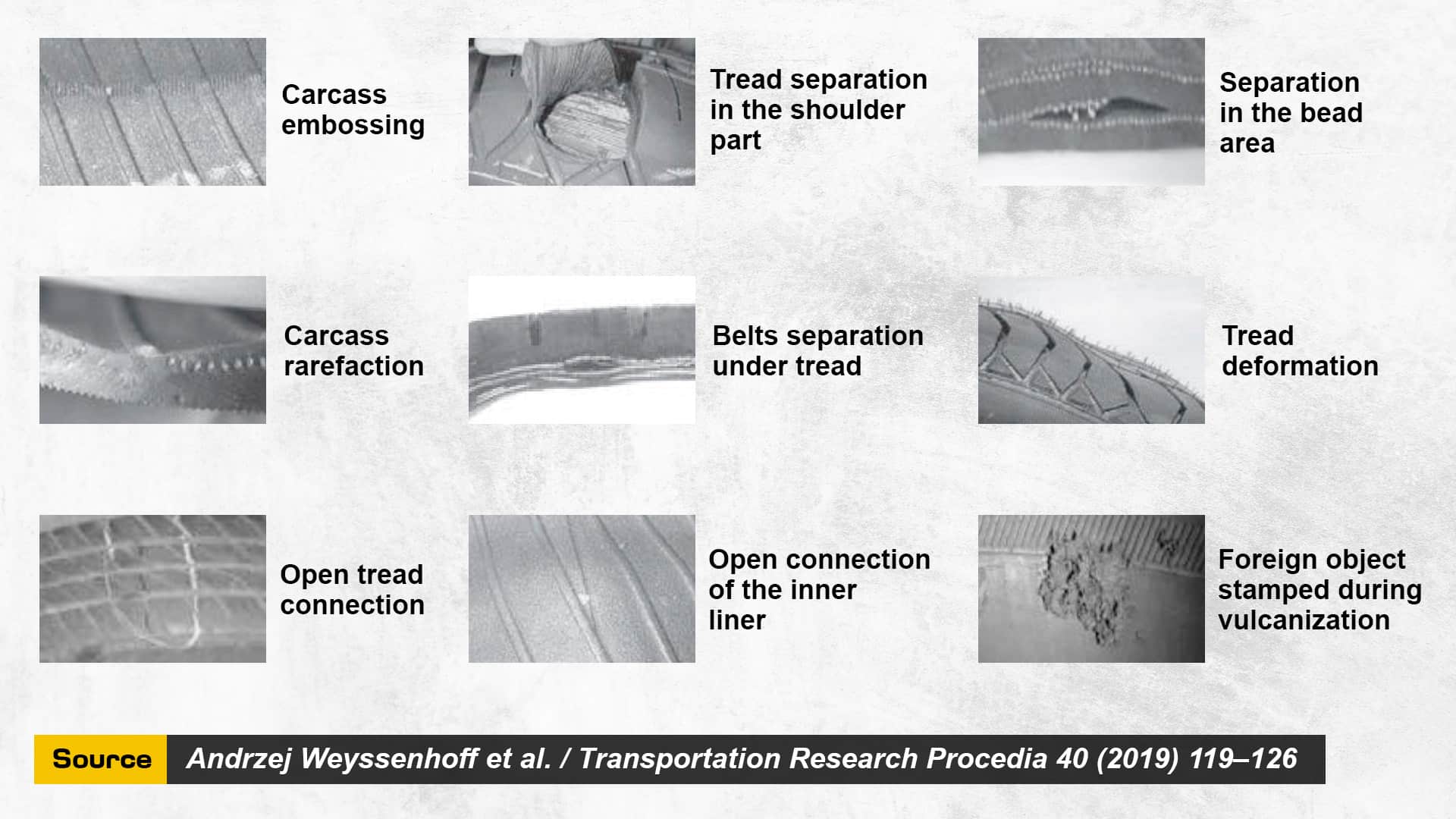
One of the most common things that can cause tire tread separation is a mistake made during the manufacturing process.
Specifically, there might have been a problem getting the tread and steel belts to bond together like they should have. It takes precise science and following all the steps just right to make everything stick properly. Messing up at all can lead to weak parts in the tire and make it more likely to fail.
Keeping an eye out for recall notices or other kinds of news about bad batches of tires is also valuable because then drivers like you know what products aren’t reliable enough for everyday use out on the road.
You can use the tool from US manufacturers’ organizations to double-check if your tires are safe!
Alternatively, NHTSA provides another tool for checking open recalls on all car parts (including tires).
Underinflation

It’s actually pretty common for drivers to forget about checking their tires and let the air pressure inside get too low. According to the US Department Of Transportation, around 28% of cars on the roads are driving around on underinflated tires.
When a tire is underinflated, it puts an uneven amount of pressure on the sidewall and the tread. This can cause the tire to flex more than it should when driving, which puts additional stress on the rubber compounds holding the tread to the rest of the tire.
Over time, this repeated stress can cause those bonds to weaken and ultimately fail, leading to tread separation. Properly inflating your tires helps ensure that they wear evenly and reduce the risk of developing tread separation or other problems.
Overinflation
Just like with not having enough pressure, overinflation can cause big problems for how well tires do their jobs. When tires are overinflated, it’s easier for them to wear down quickly, get too hot, and not absorb the bumps on the road as well.
To avoid all these issues, make sure you’re inflating your tires to the right amount that your vehicle maker suggests — this will change depending on the model of car you drive. Checking things with a tire gauge about once a month is pretty easy to do and will help you see if any of them need some more air added (or taken out).
Potholes
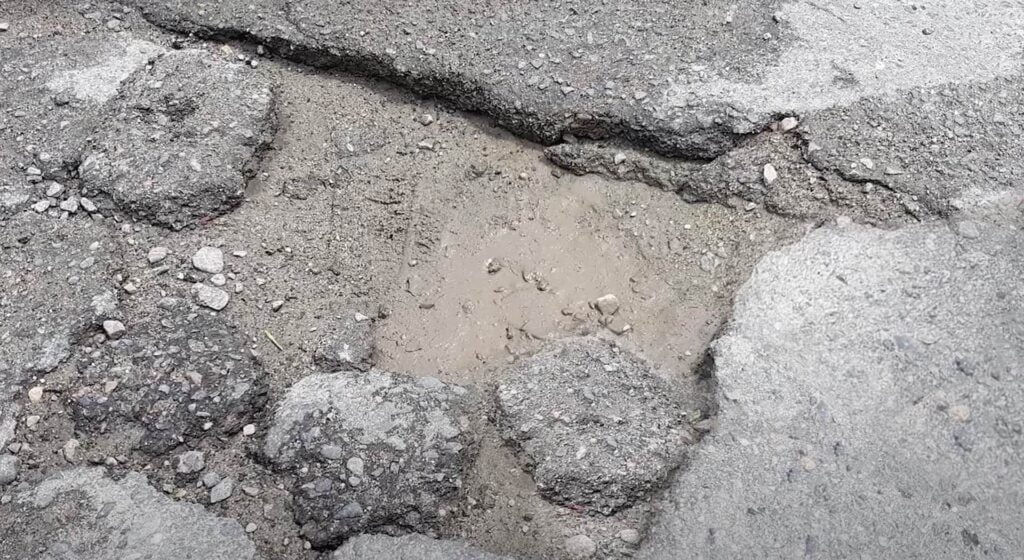
Sometimes drivers themselves can accidentally hurt their tires. For instance, suddenly hitting a deep pothole while driving at high speeds could cause enough damage to lead to tread separation.
Although most tires can handle ordinary wear and tear as small bumps on the way, when they hit huge obstacles at pretty fast rates, it puts a lot of stress on the tire’s structure.
The faster you’re going and the bigger or deeper the pothole is will determine if there are chances of potential risks to tire safety. At low speeds, your car might just bounce along the pothole itself with nothing bad happening, but at faster speeds or with larger holes being hit problems become more likely.
Incorrect flat repair
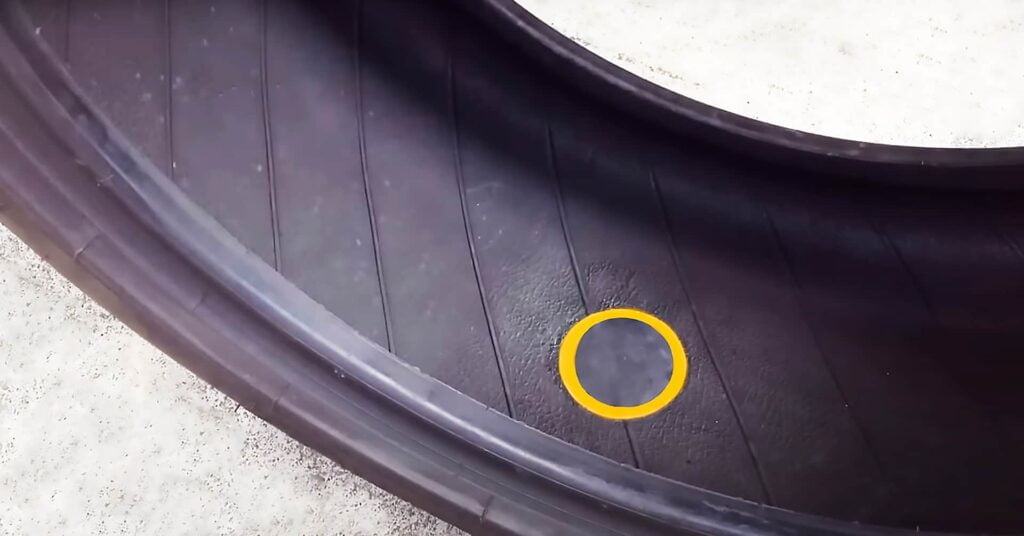
When it comes to fixing a tire with a puncture, most shops today use the so-called patch and plug method. However, this process must be done with great care (especially the preparation part) to avoid risks and ensure no chance of future tread separation or other problems.
Conditions under Which Tread Separation Will Most likely Occur
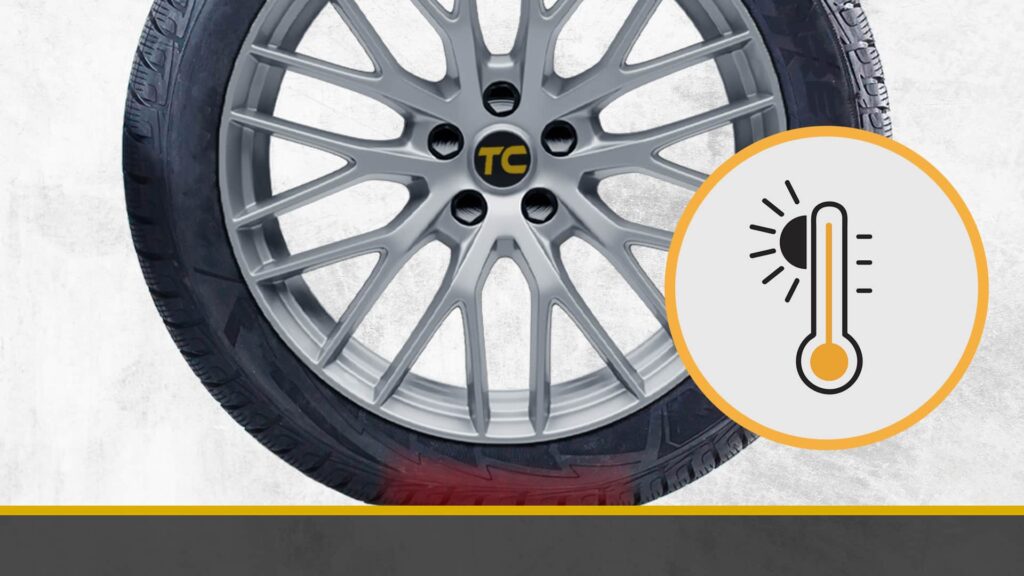
Interestingly, many tread separation cases first tend to surface in hotter climates where temperature shifts contribute towards tire wear. And this could be made even worse if tires are driven while underinflated.
How Can I Avoid Tire Tread Separation?
While tire abuse and neglect can cause tread separation in tires, tire manufacturers’ defects are a more significant source of the problem.
To avoid the issues that come with tire tread separation in your own vehicle, it’s important to know what you should be looking out for as warning signs pointing towards potential issues developing:
Why Tire De-treading Is So Dangerous
Tread separation is a serious issue that can have catastrophic results – one of which being tire blowouts.
But even if the tire does not quickly lose air pressure, a driver may still face loss of control over the vehicle due to the tread coming apart on the tire and becoming separated from its carcass. This event can also cause injury or worse, resulting in rollovers and other dangerous situations.
What Measures Are Tire Manufacturers Taking To Tackle This Problem
Tire manufacturers are taking various measures to tackle the issue of tire tread separation. Several design improvements have been implemented such as appropriate under-tread, nylon overlays, and other protective measures that support steel belts.
For example, nylon overlays provide an additional layer of protection and can nearly eliminate tread separations — as long as there isn’t any significant manufacturing or design defect that develop during production.
What Can Tire Manufacturers Improve To Tackle This Problem
Manufacturing defects can be avoided by implementing proper adhesives, ensuring correct manufacturing practices, and maintaining appropriate quality control measures.
Ensuring no contamination from moisture or foreign objects will also help lower the risk of tread belt separations.
It’s worth noting that many plants run on twelve-hour shifts which place undue stress upon employees and may cause them to prioritize production rates over safety standards. To counteract this issue focus should be placed upon a culture geared towards prioritizing safety above all else for their workers.
Who Is Liable If a Tread Separation Causes a Crash?
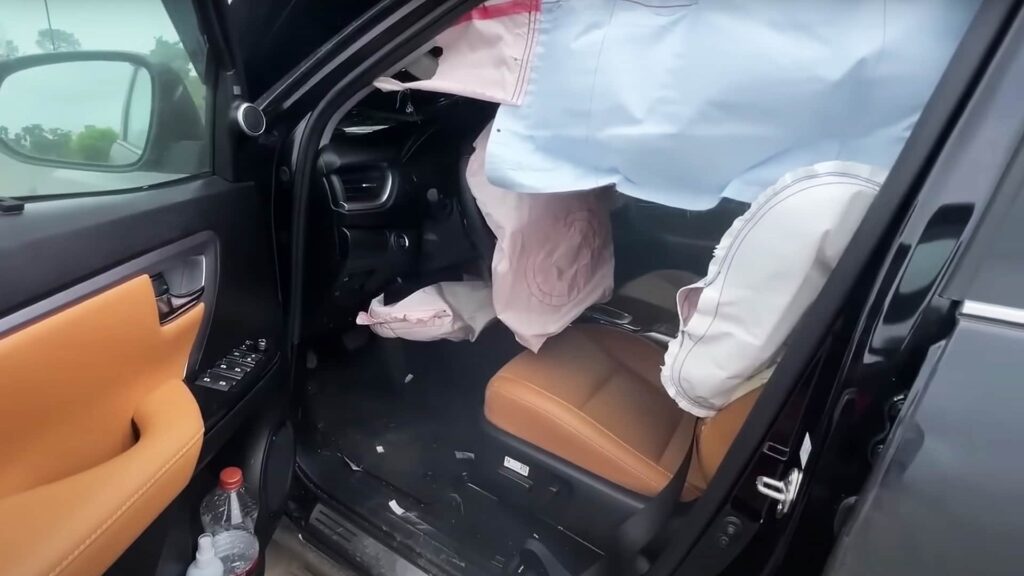
According to the law firm Newsome Melton, if a defective tire can be proven to have led to tread separation and, subsequently, a vehicle crash, then the tire company responsible for manufacturing the product may be held liable for damages such as personal injury, property damage and expenses incurred by victims.
Demonstrating a defect in tires, however, can prove challenging since there is mileage and weathering that come into play when examining old or worn-out treads.
In a situation like this one it’s common practice to seek assistance from engineers who help analyze any remnants of the damaged tire that might be recovered; together, they can determine why it failed so catastrophically in the first place and what added up to make matters worse.
Does Tread Separation Lead to Recalls?
Tire recalls initiated due to the risk of tread separation are a common occurrence in the United States. To prevent or remedy any issues, vehicle owners should regularly check for product recalls on all types of car parts and components.
The history of tread separations is relatively well-known (or at least it should be): Tread separations first gained widespread attention in 2000 when a massive tire recall was enacted by the NHTSA, which involved millions of Bridgestone-Firestone light truck and SUV tires.
This recall became infamous nationwide in all kinds of circles – giving people pause about market safety measures overall being constant throughout different companies across the industry.
What Other Tire Defects Should I Look Out For?
It’s important to note that other tire defects can also affect your car and put you at risk on the road. These include:
If any of these problems become apparent over time (or very suddenly in extreme cases), then it may be best to alert a certified mechanic.
